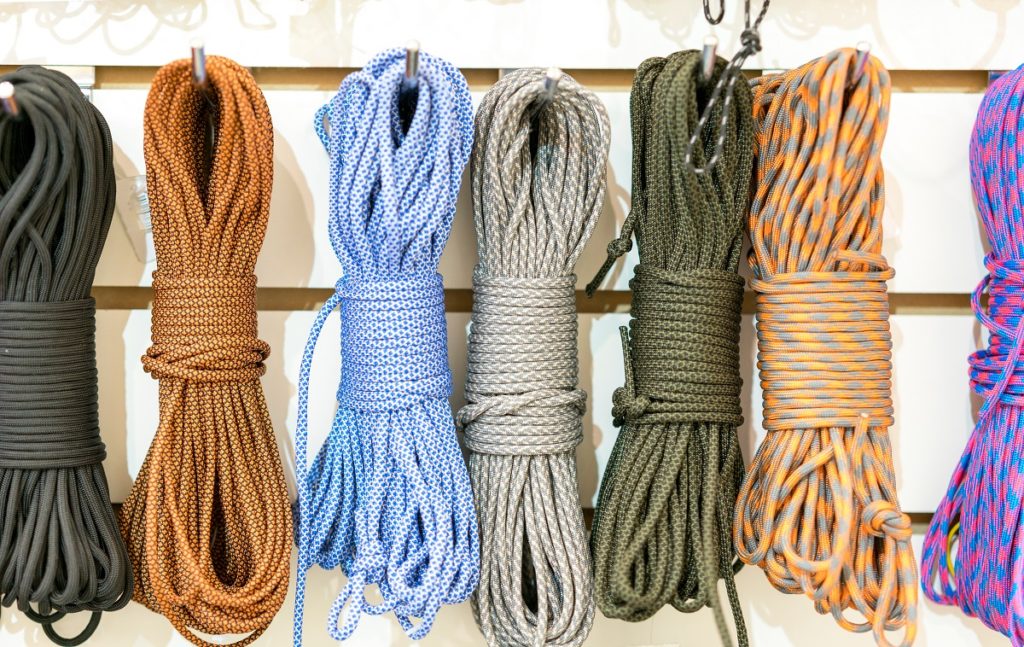Paracords are a must for every survivalist. They are extremely suited for outdoor use, have several uses, and can you can actually wear them as bracelets or belts. Wearing paracord ensures that you will always have access to a rope.
A Foot for an Inch
When it comes to paracord bracelets, every woven inch amounts to about a foot of cord. The standard 7-inch bracelet can usually provide as much as 7 feet of rope. Thicker weaves can provide you with more rope or you could always wear more than one bracelet. Paracord comes in many colors, so they can be as garish or as discreet as you prefer. Paracord bracelets are inconspicuous and won’t mark you as a survivalist unless you divulge their actual purpose. Replace your shoelaces with paracord; it’s supple enough for the job and you’ll get a few feet of extra rope. If you believe that you need more rope, you can weave a paracord belt. These belts can hold as much as 50 feet of rope, which you can easily unravel during emergencies.

Out in the Woods
The versatility of paracord become apparent in an outdoor survival setting. It has a breaking point of 500 lbs, which enables it to be used in the toughest situations. Paracord can be used to bind wood to make shelter, as climbing ropes, and makeshift ladders. The inside strands or guts of a paracord make excellent fishing lines, nets, and animal traps. Fires won’t be a problem since you can easily make a simple bow drill with just pieces of wood and some paracord. Hunters often use paracord in their bow grips and bow slings, but these same cords can actually be used as replacement bowstrings. Without an actual bow, you can make your own bow with willow, ash, or bamboo. Just carve and shape one into a bow and string it with your paracord. When making a makeshift bow, you should always consider adding an arrow rest (just carve it from a small piece of wood and tie it to your bow) to ensure your hands don’t get injured.
In Case of Emergencies
While they’re not the most ideal materials, paracord is still effective in certain emergency situations. Paracord can be used to easily make makeshift slings, splints, and tourniquets. Just make sure to braid the cord to make it thicker, so it doesn’t cut into the skin. Longer cords can be used to make rope stretchers in case someone in your group loses mobility or consciousness. The inside strands (guts) of paracord can be used as sutures, closing wounds and preventing excessive bleeding. If someone falls into a ditch, raging river, or quicksand, the 500-lbs breaking point of paracord allows you to make use of it as an effective safety or rescue line.
Paracord is an effective tool for every outdoorsman and survivalist. It is versatile and handy. A couple of bracelets ensure that you will always have them in your person, and they do look stylish in a rough kind of way.
